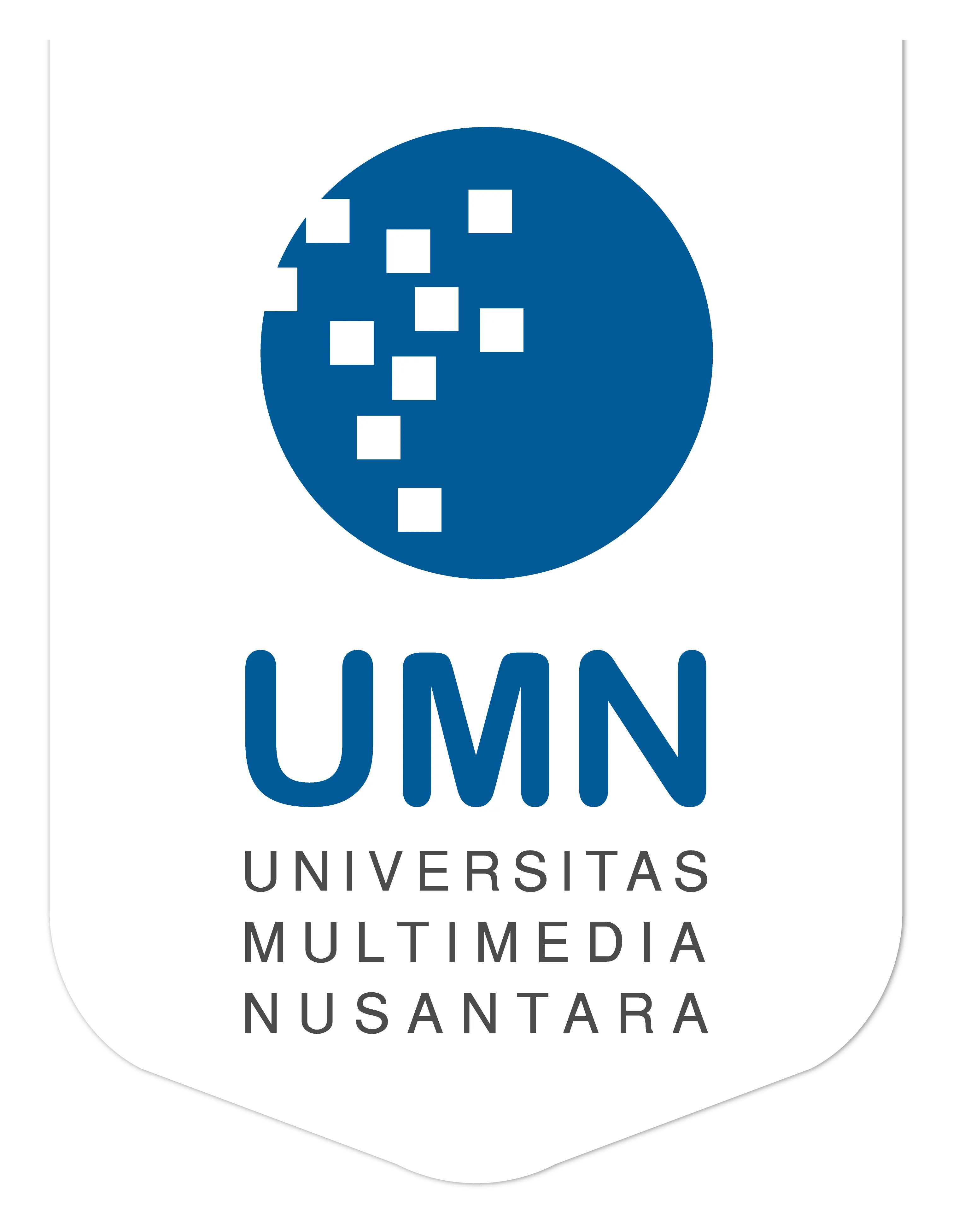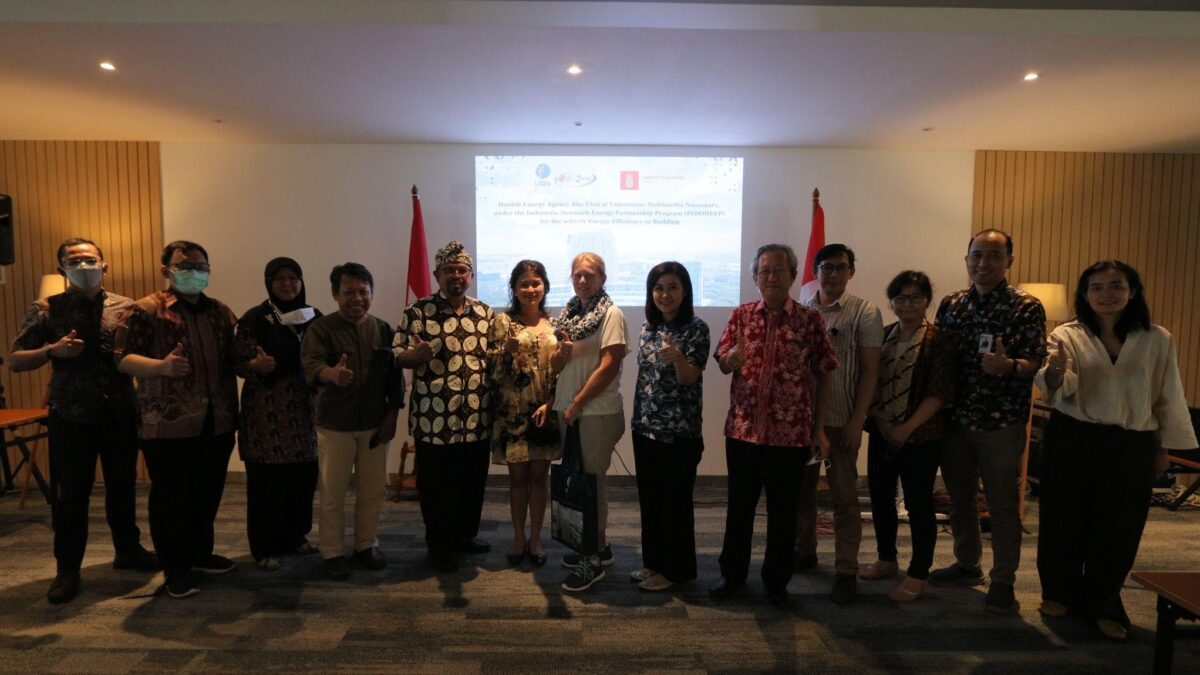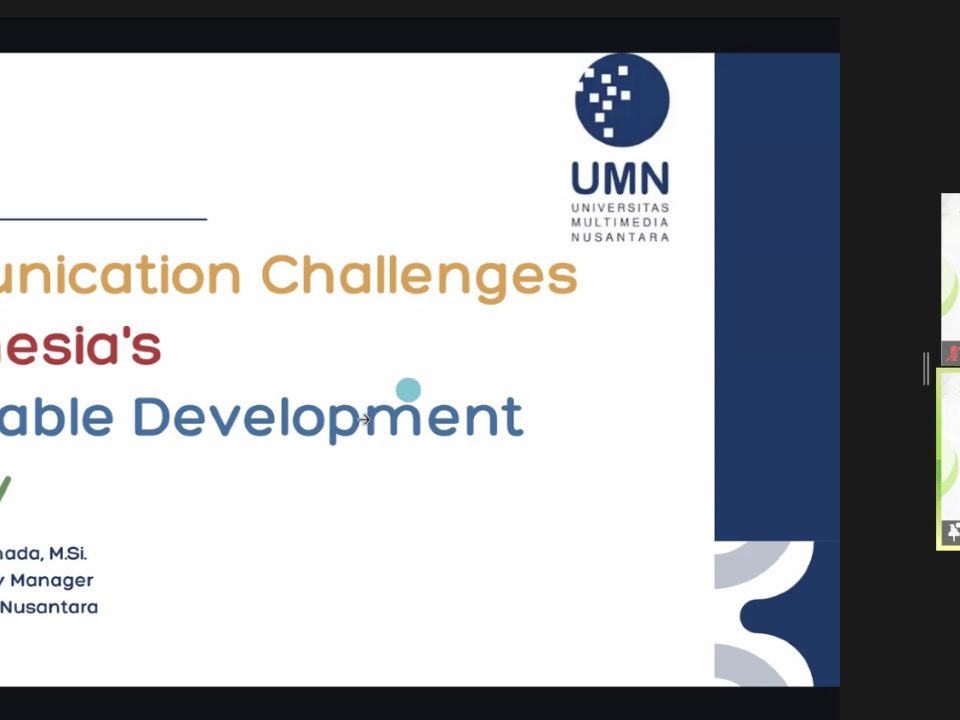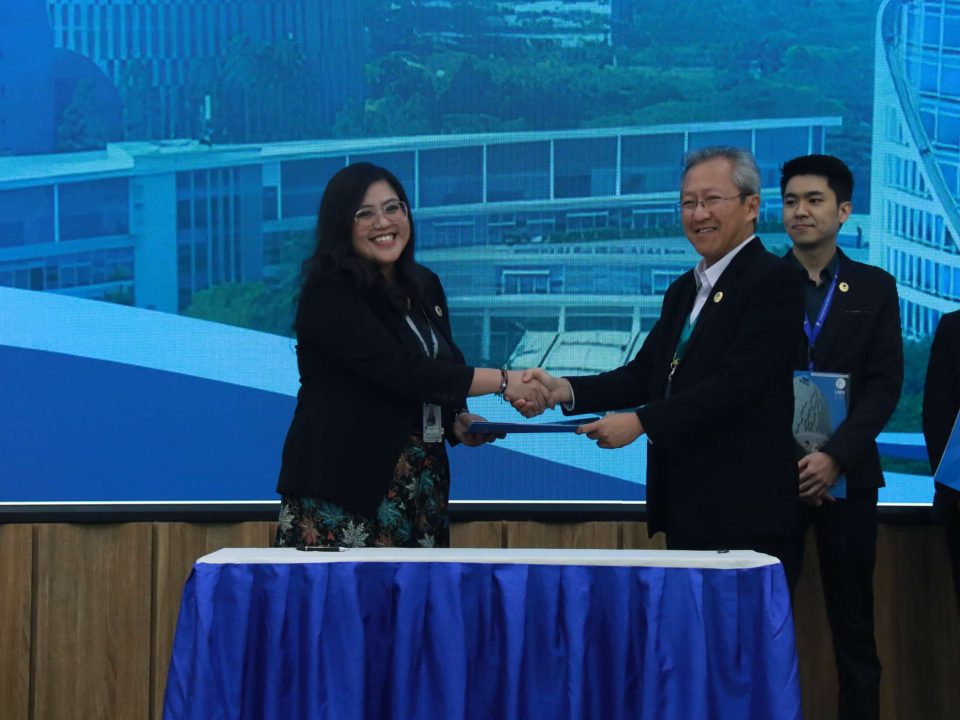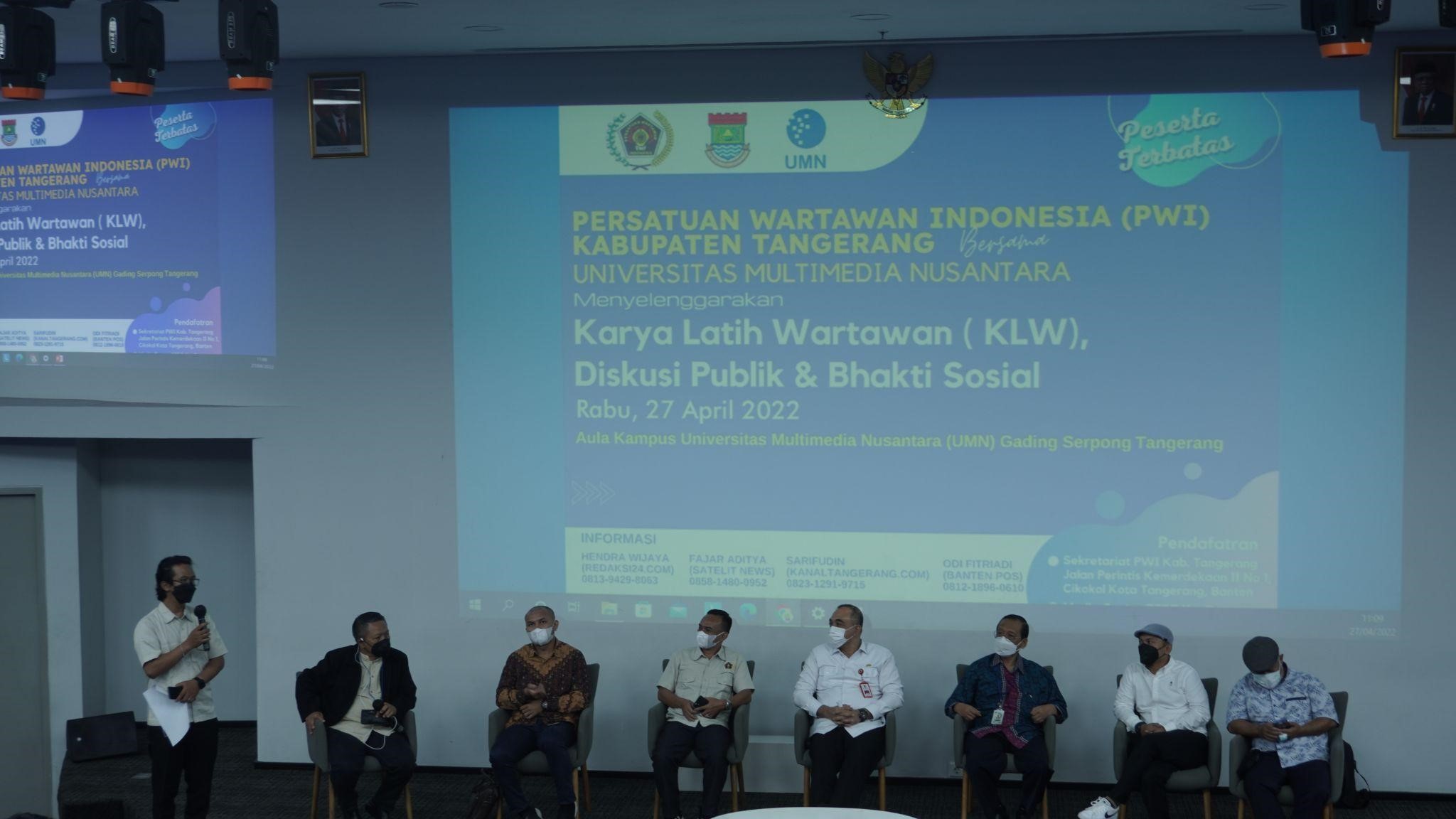
UMN and PWI Tangerang Regency Hold a Public Discussion
May 9, 2022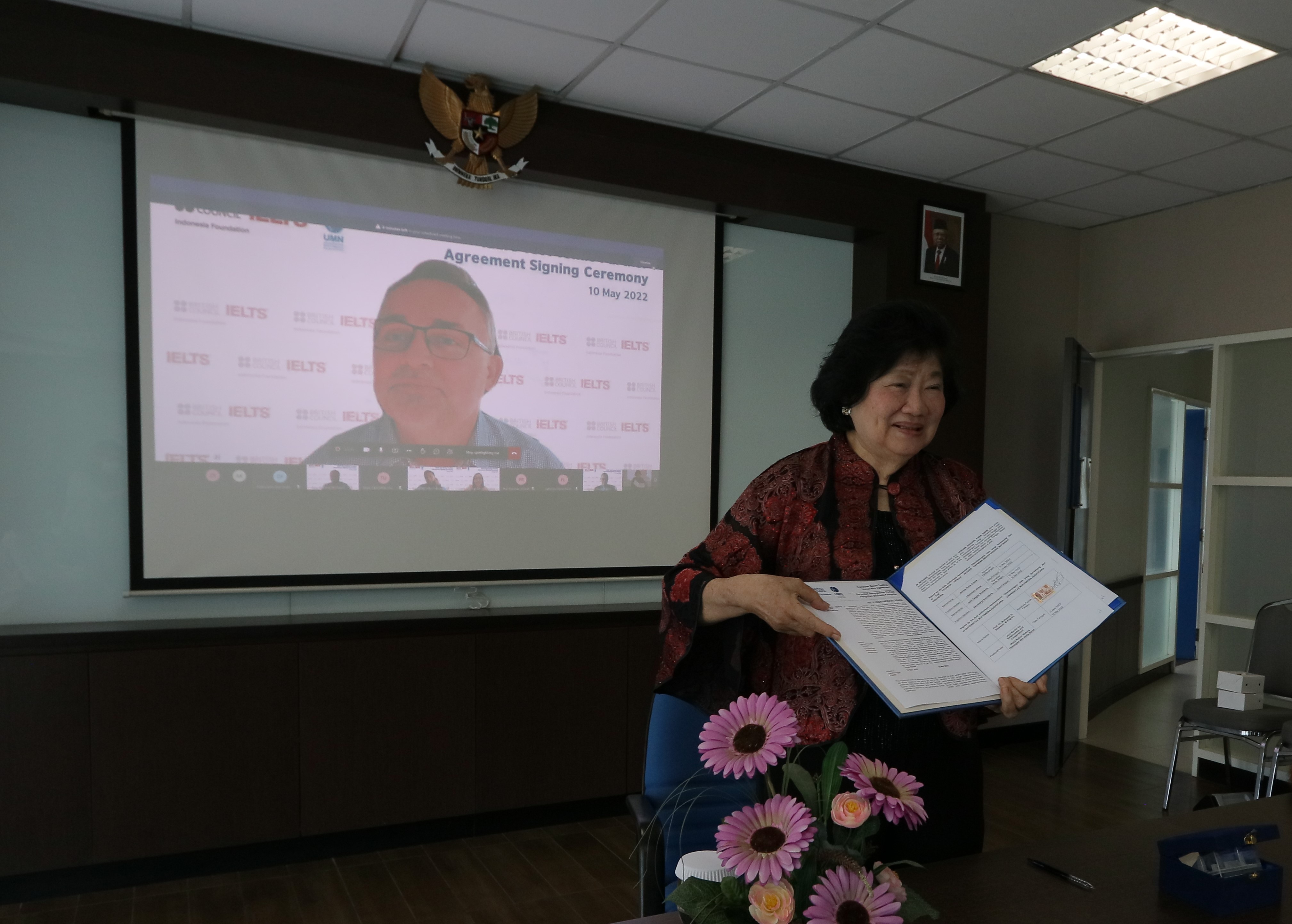
UMN Collaborates With The British Council Indonesia
May 12, 2022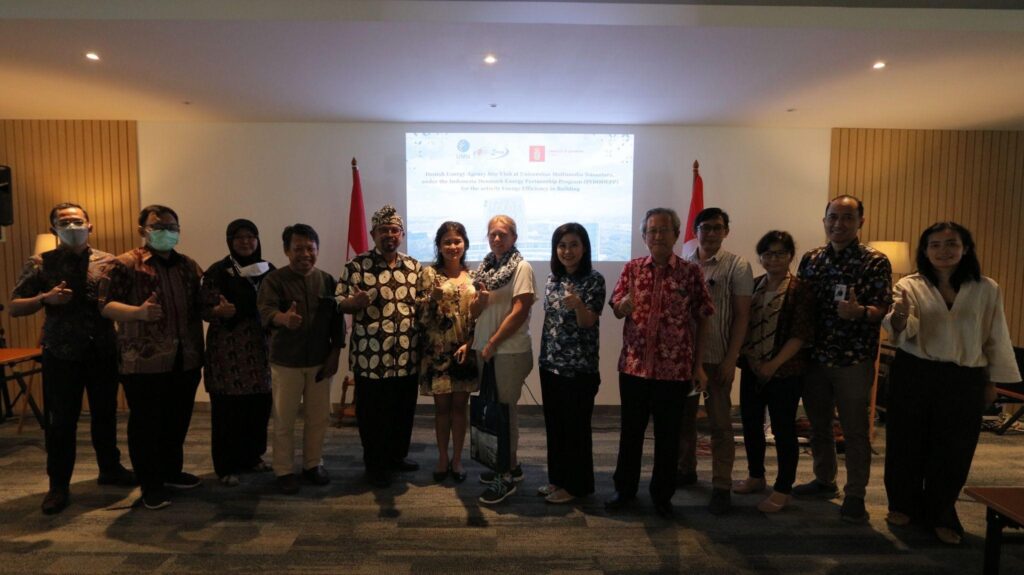 UMN with the Danish Energy Agency and the Green Building Council Indonesia (Dok.UMN)
UMN with the Danish Energy Agency and the Green Building Council Indonesia (Dok.UMN)
TANGERANG – Multimedia Nusantara University (UMN) received a visit from the representatives of the Danish Energy Agency and the Green Building Council Indonesia on Wednesday (27/04/2022). This visit was carried out based on cooperation between the Danish Energy Agency and the Indonesian Ministry of Energy and Resources and to exchange knowledge and experience regarding energy efficiency and renewable energy.
Several Multimedia Nusantara University leaders such as Dr.Ninok Leksono, Chancellor of UMN, Ir. Andrey Andoko, the Vice-Chancellor of General Administration and Finance of UMN, Dr. Friska Natalia, Vice-Chancellor of Academics of UMN, and Dr. Eng Niki Prastomo, the Dean of the Faculty of Engineering and Informatics, held a meeting with Anna Svendsen and Renata Adrianieras, representatives of the Danish Energy Agency, and also Toto Sulistiyanto, the founder of the Green Building Consul Indonesia.
Ninok explained in his speech that UMN learned a lot from Denmark about renewable energy because there are still many things that need to be done to make more people care about the environment and to make the UMN campus greener.
This UMN campus visit aims to exchange knowledge, thoughts, information, and experiences between the two parties. Anna shared, “we (Danish Energy Agency) collaborate with the Indonesian Ministry of Energy and Resources seeking to exchange information and provide some practical experiences that we have had in Denmark for more than 40 years in energy efficiency and renewable energy.”
She continued by briefly explaining the information regarding the condition of renewable energy in Denmark. Currently, 50% of the electricity system in Denmark uses renewable energy, 40% from wind power from windmills, and 5% from solar panels. In the future, together with the Danish government, which has also been supportive in terms of political policy, they target a 100% use of renewable energy by 2050.
Anna also shared her work background. She is an energy building auditor and has worked for 30 years in various energy efficiency building projects. “I have seen many buildings, and I am amazed and want to hear more about UMN’s future plans and projects regarding sustainability.”
“Sustainability is very important to be taught in universities because it is in universities that future generations will be there, they will be trained, and if they study in a sustainable place, they will see for themselves what sustainability is. Then it will be something they care about,” Anne shared, referring to her mindset on sustainability.
She believes in the positive potential of future collaborations with UMN as she has collaborated with universities before, like the energy building at Copenhagen University.
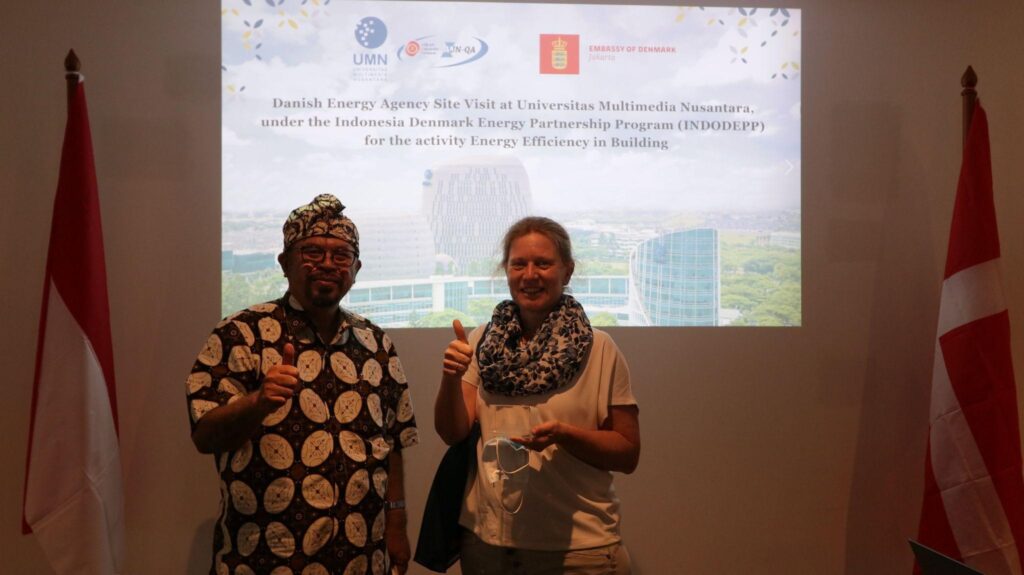 Dr. Ninok Leksono (UMN Chancellor) with Anne Svendsen (Danish Energy Agency) (Dok.UMN)
Dr. Ninok Leksono (UMN Chancellor) with Anne Svendsen (Danish Energy Agency) (Dok.UMN)
“I might be able to connect UMN with Copenhagen University for future collaboration,” Anna continued.
The visit continued with a presentation about UMN’s sustainability program. Presented by Niki, he explained that UMN was built based on an eco-friendly campus from the beginning. Therefore, sustainability programs such as water conservation, waste management, eco-friendly transportation, and academic research support are available and well-conducted at UMN. UMN’s unique, sustainable programs are its passive design, with a double-skin facade, roof garden, skylight, ventilation and natural lighting, and plants around the building.
Also read Keren! UMN Raih Peringkat ke-146 Dunia di UI GreenMetric dengan Nilai Tertinggi di Pengolahan Air
“Because of these sustainable programs, UMN has won twice in the 2014 Asian Energy Building for the New Media Tower building and in 2017 for the P.K. Ojong – Jakob Oetama New Tower,” he continued.
In addition, Niki also emphasized that one of the reasons UMN was able to win in the Asian Energy Building was because UMN could reduce 50% of electricity consumption through its energy efficiency building.
Andrey then shared challenges that UMN faces to continue developing the sustainability program. He shared that UMN still needs to add more solar panels, which is quite expensive. In addition, UMN itself still has some space problems for the placement of its solar panels due to the lack of flat area surfaces in the New Media Tower Building and P.K. Ojong – Jakob Oetama New Tower.
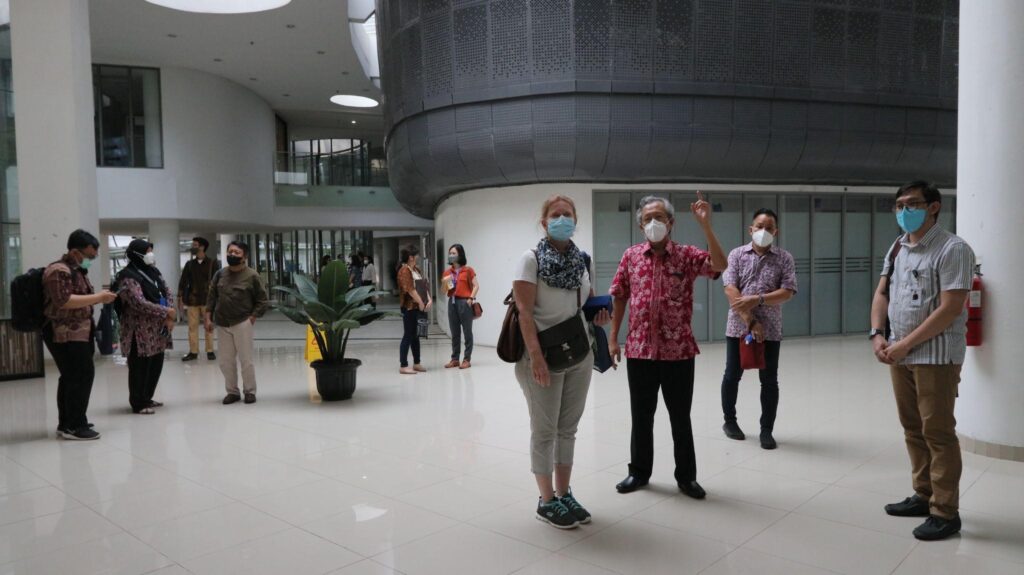 UMN Campus tour with the Danish Energy Agency and the Green Building Council Indonesia (doc.UMN)
UMN Campus tour with the Danish Energy Agency and the Green Building Council Indonesia (doc.UMN)
Challenges in terms of regeneration of interest in energy and sustainability building study programs are also still high. UMN still finds it difficult to persuade high school and vocational high school students to study and explore the study program.
At the end of the session, Mr. Toto Sulistiyanto asked an interesting question, “Is there a reason behind the egg-like shape of UMN’s Building?” he asked, breaking the atmosphere of the room.
Andrey gave two answers. “First, from its philosophy, UMN is like a butterfly cocoon. Students will mature here. So, when the caterpillars are ready to break out of the cocoon, they become butterflies ready to fly. Secondly, it’s because of the consideration of the trajectory of the sun. With the shape of this building, there will be no side of the building exposed to the sun all day long.”
The meeting was then closed with a group photo session and continued with a short campus tour, introducing the UMN campus to representatives of the Danish Energy Agency and Green Building Council Indonesia.
By Iglo Montana | UMN News Service
Kuliah di Jakarta untuk jurusan program studi Informatika| Sistem Informasi | Teknik Komputer | Teknik Elektro | Teknik Fisika | Akuntansi | Manajemen| Komunikasi Strategis | Jurnalistik | Desain Komunikasi Visual | Film dan Animasi | Arsitektur | D3 Perhotelan | International Program, di Universitas Multimedia Nusantara. www.umn.ac.id
